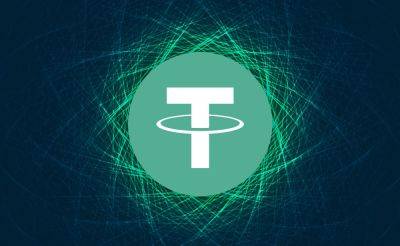Stablecoins Surpass Mastercard and PayPal in Transaction Volume While U.S. Fails to Maintain Leadership
In 2022 stablecoins have eclipsed both Mastercard and PayPal in transaction volume, reaching an impressive sum of nearly $6.87 trillion last year. Despite their critical role in the crypto economy, however, the United States is falling behind in stablecoin policy and global competitiveness.
According to the Head of North America Policy at Chainalysis Jason Somensatto, about 60% of all stablecoin activity is now controlled by non-U.S. entities, suggesting a sharp decline in American influence over this growing sector.
Stablecoins are proving essential to the cryptocurrency market, accounting for roughly 40% of all transactions on blockchain networks. This share has not been enough to motivate the United States to create a more competitive regulatory environment, however.
Just a year ago, U.S.-based regulated companies were more actively involved, but recent trends indicate that this activity is shifting overseas. According to 2023 Geography of Cryptocurrency Report the majority of stablecoin transactions now occur through non-U.S. licensed services among the top 50 exchanges.
Somensatto emphasizes the importance of well-structured regulation for the stablecoin sector, particularly in terms of global and national security. For instance, the United States risks losing its ability to enforce critical measures around anti-money laundering and countering the financing of terrorism.
In addition to security concerns, Somensatto argues that the United States faces economic repercussions if it continues to neglect the stablecoin sector. An uncompetitive regulatory environment could stymie the growth of businesses.
The U.S. could also miss the opportunity to reduce costs for consumers and lower borrowing costs for the government.
Read more on cryptonews.com






















